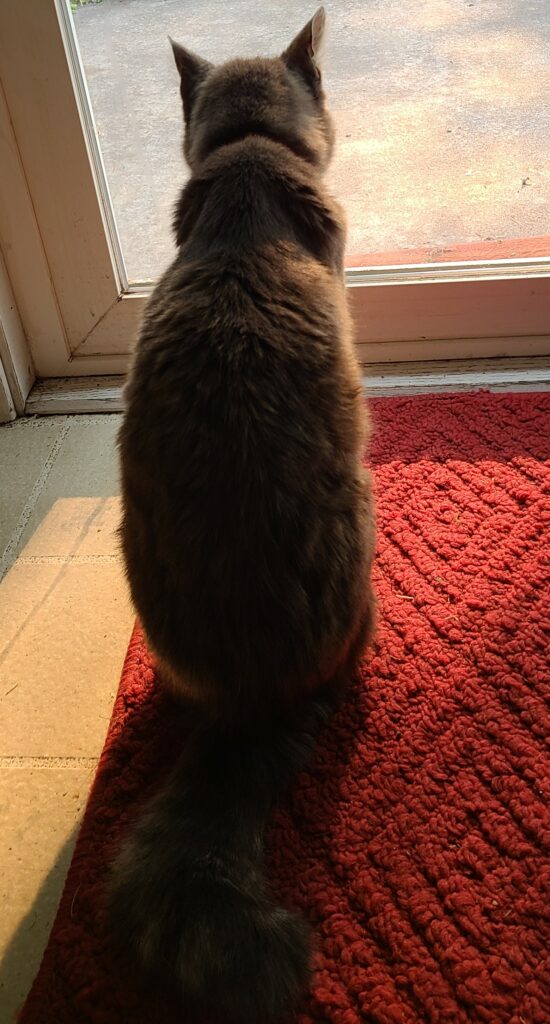
Writing descriptions of characters, settings or other items requires details. But which details matter?
Writing Tip for Today: Here are some tips for writing effective details:
Paint a Picture
Readers need mental images in order to imagine your story. You supply details to help them conjure the images you want them to have. What many new writers don’t realize is that details matter, but particular details matter most. It’s the show-don’t-tell, Concrete Sensory Detail stuff you’ve heard a million times.
When I first began to write fiction, I encountered several tools designed to help writers flesh out their characters. A chart, listing all manner of traits and descriptions was supposed to be a starting place. These types of helps often encouraged a writer to cut out magazine pictures that resembled their character. Height, color of hair, eyes or dress often topped these lists.
Nothing wrong with using these prompts. But if the writer stops with a physical description, or describes that character from head to toe, readers will only see a two-dimensional mental picture. Delve deeper. Answer questions of relationship and attitude and longing. These types of descriptions lead readers straight into the emotional motivations of the character—right where you want them to be.
Pique Interest
If you describe a character’s outward appearance, try to avoid a head-to-toe assessment. Readers will be more likely to retain a mental picture if you choose one or two outstanding features, preferably features which also betray the character’s habits or attitudes.
Aim for descriptions which are a bit unusual or unique. A character with a certain way of standing or who jingles change in his pocket when nervous can reveal more than the face value of the description. Also known as character tags, these habits help readers differentiate and remember your cast of characters.
A word about lists: some writers like to describe settings in terms of lists of items in a place. Unless you are very skilled, be careful about loading a bunch of items onto your reader’s mental movie. We tend to take in a picture or scene as a whole, perhaps one or two items taking center stage. Use lists sparingly unless you are convinced a list adds to your description.

Filter details through your POV character’s mind.
POV Perspectives
When you write details to describe, always consider whose eyes are doing the describing. Your POV character must have a personality, with biases and likes/dislikes. Try to capture these attitudes when you describe other characters or items in a scene.
While one person may love hot dogs with mustard, another might loathe them. When you describe details in a scene, remember to describe through that POV character’s eyes. If he hates mustard, let the description reflect this: He shuddered as the vendor slathered mustard on his hot dog. Oh God, now he’d have to scrape that gunk off.
By filtering details though your POV’s mind, you give readers a specific picture and a way to connect with your character. The more you can link your character’s moods and passions to whatever is happening in the scene, the better readers will be able to not only create a three-dimensional scene but will be better prepared to feel the character’s emotions. Writing details matters—and you can hit both descriptions and emotions by giving readers details that matter to your character.




